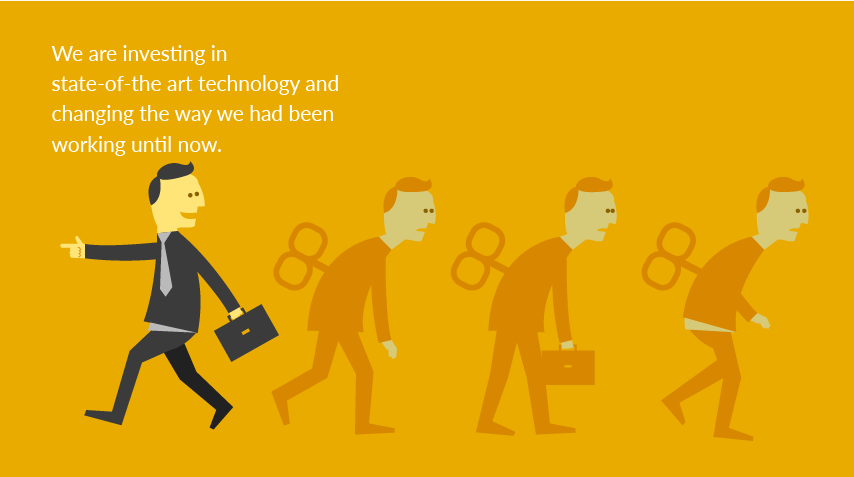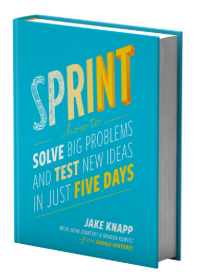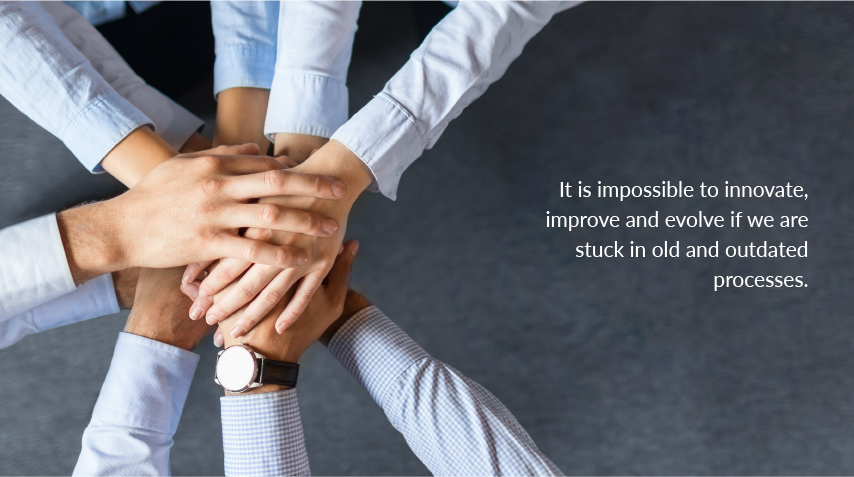Sign up
Highlights - 06/20/2018
Understand the impact of the General Data Protection Regulation on Brazilian companies
On May 25, 2018, the General Data Protection Regulation (GDPR) went into effect, a law implemented by the European Union establishing rules for the processing of personal data and the free movement of such data.
Contrary to what many people may believe, the regulation does not apply exclusively to companies or institutions which are established in the European Union, but to any establishment that, in the context of its activities, processes personal data of EU residents.
In view of the scope provided for in the Regulation, it is incontrovertible that companies from all over the world may be affected by and will need to comply with the General Data Protection Regulation.
Another important factor is that delimiting what is considered “personal data” can generate great doubt to those who need to comply with the Regulation. After all, the expression may be comprehensive to the point of considering as personal data any and all data intrinsic to the individual.
It is believed that for this reason, the General Data Protection Regulation provides a wide range of definitions regarding terms that are used in the Regulation.
With regard to personal data, the definition brought by the Regulation is that personal data are information relating to a natural person, and can be understood as an individual, identified or identifiable, being considered as identifiable the person that can be distinguished, directly or indirectly, by reference to a identifying element, such as a name, identification number, location data, or one or more specific elements of physical, physiological, genetic, mental, economic, cultural or social identity.
Finally, it is important to emphasize that sanctions were imposed for cases of violation of its provisions in order to strengthen the enforcement of the rules of the Regulation.
The data subject that considers that his/her rights have been violated, must submit a complaint to a control authority, without prejudice to any other administrative or judicial action. The General Data Protection Regulation also assigns responsibility to the author of the data processing in case of violation of the provisions of the Regulation and entitles the data subject to the right to receive indemnification from this author.
Likewise, in addition to granting protection mechanisms to the data subject, the Regulation provides for the imposition of fines and penalties to be applied by the control authorities, considering parameters imposed by the Regulation in case of violation of the provisions of the GDPR.
In short, the Regulation brings important definitions, rules and penalties on the subject and we need to observe how the European Union and other countries that need to comply with the Regulation will react to the changes.
References:
Regulation (EU) 2016/679 of April 27, 2016. Regulation (EU) 2016/679 of the European Parliament and of the Council on the protection of individuals with regard to the processing of personal data and on the free movement of such data and repealing Directive 95/46/EC (General Data Protection Regulation).
Published By Marília Rodrigues
Highlights - 05/25/2018
Why did we set up a product team?
Product teams are increasingly in evidence. It is very common for companies to have these teams, regardless of their size, industry or segment.
This article is the first in a series in which we will discuss concepts related to our product team. We will divide the subjects into:
Part I: Why did we set up a Product team?
Part II: How do we apply the MVP concept?
Part III: What influence does data really have on our strategic decisions?
Introduction
Before we begin to discuss our product team, it is worth making a small introduction on the company in which the team is inserted.
MZ is a leading company in the Brazilian investor relations sector. With 19 years of existence and a consolidated position in the market, our goal continues to fulfill our purpose entirely, which is to offer products and services that facilitate and increasingly add value to our customers’ daily investor relations responsibilities. Yet, we still perceived that we needed to undergo changes as we take our company forward.
With this need for change came the decision to prepare the Company for an increasingly fast and digital world and with this focus we began a digital and cultural transformation process. As part of this process, we designed the Company’s operations around the new products we are creating, investing in state-of-the art technology and changing the way we had been working until now.

One of the first effective actions we executed was the creation of our product team, which became responsible for our new positioning.
To understand what this change represents, it is essential to look at our past. During a long time, our teams were divided as follows:
Business Team: Responsible for identifying our clients’ needs and ensuring that they are met.
Technology Team: Responsible for maintaining existing products and developing new functionalities requested by the business team.
This operating model, which is widely used by several companies, has certain flaws, in which we highlight:
- The business team does not have the necessary knowledge of technology and this eventually leads to the creation of “phantom” products, which cannot be reused and will require future maintenance and incur costs for company.
- The technology team does not have a clear understanding of possible product growth, and therefore strategic decisions are rarely effective.
- Extensive documentation and difficulty of control: In an agile world, full of changes, delivery have to be quick. Transforming maintenance into megaprojects causes inconveniences to all parties involved (client and internal teams).
- Update Difficulty: The process of creating new tools and updating existing technologies is extremely difficult due to the existence of many business rules spread across all the applications that were built.
As we looked at this scenario, we realized it was extremely necessary to have tighter control over our products and to ensure that only effective and relevant functionalities were developed.
When analyzing the market and companies, we came across several operating examples, two of which caught our attention. Thus, and we decided to study them in depth and apply their operating model to our company: Spotify (Squads) and Google (OKRs).
Team Structure (Squads)
The basic requirement to achieve excellence is having professional with different qualifications working together for the same purpose. Therefore, we created a product team comprised of:

The main challenges of this team are to ensure that the development team produces only what will bring value to our clients, and that such products can be scalable and replicable, and analyze the data generated by the platform to make decisions about existing features (necessary changes or discontinuation).
The fact that we have a multidisciplinary team is fundamental for us to fulfill our objectives. We are able to analyze a product from end-to-end, understand if it can be created with the existing technology (technical specialists), if it will bring benefits to the market we serve (IR specialists), if it is well designed/structured and will be accepted (UX specialists) and if the timing for its launch is correct (leader).
Prototyping / Validation
There are many literatures on what a product team’s routine should be. We’ve chosen to follow the teachings provided by Google Ventures (GV), which can be found at this address: http://www.gv.com/sprint/

Our sprints, just like GV, are divided into five days. Each day has its specific routines and activities and at the end of the week (Friday), we either approve, or not, our idea. If it is approved, this functionality goes to the development team to be implemented.
In summary, new functionalities follow the principle that there is no need to implement them without previous validation. Therefore, we focus our efforts on discussing which business rules should be met and how best to serve them.
After defining what should be delivered, we create functional prototypes and validate them with clients and other experts. If we receive a 75% minimum approval from our target audience, we move forward.
The only rule that we do not strictly follow is the amount of time spent. According to GV, it is necessary to have, at least, 6 hours of daily focused work. Because we have a lean operation and other demands, we dedicate only a portion of our work day. Despite this, we did not feel this was a disadvantage and our development rework rate declined dramatically.
Measurement / Maintenance
For features that have already been developed and are currently in use, nothing is more assertive than data. We collect various information on use, time spent on each task, how easy it is to use, among other data.
Based on this data, we suggest changes (layout, flow of information or even business rules) and validate with our clients/internal audience before them.
The most incredible thing about working with data is that, in over 95% of the situations, the suggested changes are very well accepted and complimented. With this, we spend less time correcting bugs and invest it more wisely towards the creation of new features.
Analyzing data, however, do not mean we do not need to interact with our clients. It is always very important to listen to the client and validate their requests. To achieve this, we use Google Forms, a feedback tool with four questions. These questions allow us to better structure requests/suggestions, avoiding the traditional “what if…” method, and changing an uncertain suggestion for something that will really bring value to the requesting party.
Conclusion

The world is changing. New technologies emerge as we speak and we need to be prepared to achieve excellence by using what is most modern out there. It is impossible to innovate, improve and evolve if we are stuck in old and outdated processes. Creating a team of products like ours can streamline and ensure the necessary speed for the necessary evolutions and adjustments.
It is also important to point out that collecting data on any implementation is highly important. We’ll discuss more on that in the third article of this series.
Our next article will be on how we use the MVP concept and how it helped us save hours and hours in product development.
Authors: Felipe Furlan
Market Monitoring - 05/23/2018
Management that influences perceived value
Can top executives influence your Company’s perceived value and risk?
Only a few companies currently have executives that are aware of their companies’ perceived value and risk and are equipped to influence them. The rule of thumb for companies that invest in capital market and investor relations is still very focused on communication tools, such as IR websites, well-written analytical earnings releases and reader-friendly annual reports featuring truly material information in easy-to-understand language, among others.
However, my experience allows me to contend that a large share of the value and risk perceived by analysts depends on interactions with top executives and their resources designed to make the market understand intangible assets that cannot be expressed using the usual communication tools. Here, I am talking about attributes that impact emotional aspects and that can only be communicated through human interaction, such as confidence, competence, honesty, legitimate interest in accountability, commitment and true attention to changes in the environment and continuous learning, among others.
In this sense, allowing full access to key executives at such an important time as the earnings season has become very relevant. What I call full access is something equivalent to a face-to-face meeting, where investors use their senses to “feel” the executive and are open to being influenced by the messages passed on to them. Please note that by sense I mean everything that is perceived by our central nervous system after stimuli excite cells capable of converting chemical or physical signals into electricity, which travels through neurons and reaches the brain. I will not go into detail here, but I refer to that theory about the two ways of thinking: fast and slow (Thinking, Fast and Slow), which earned Daniel Kahneman and Amos Tversky a Nobel Prize and gave us an innovative tour of the mind, challenging the idea that our decision making is essentially rational.
Gestures, tone of voice, eye contact, a serene facial expression and other attitude and visual resources can influence investors’ and analysts’ cognition.
We recently had two important events that relied on resources to increase engagement levels, one abroad and one in Brazil.
The international event was the celebrated Annual General Meeting of Berkshire Hathaway, which used the web to allow its two top executives, Warren Buffet and Charlie Munger, to interact with shareholders from all over the world. It caused a commotion not dissimilar to the one that follows pop stars, as they spent more than seven hours providing explanations and answering questions. That’s it, seven hours of audio and image, which you can access here.
In Brazil, we had Gol’s groundbreaking event, with top executives recording a video (in Portuguese and in English) explaining the results for the first quarter and answering questions from investors. The video was later posted on Gol’s IR website together with the other disclosure materials (earnings release, financial statements, presentation, etc.). Investors were able to see and listen to comments from senior management even before the conference call that was held on the following day, allowing the company to dedicate more time to the Q&A session. This was a clear indication of the executives’ commitment and awareness of their mission to embody the capacity to create value and influence the perceived risk of their decisions and actions conducting the business. You can learn about this initiative here.
I hope that more and more companies and executives undertake similar initiatives, since their interactions and accessibility can lead to a significantly more accurate perception of results, allow management to “set the tone” for reading the indicators and align expectations. In addition to giving the entire shareholder base direct access to senior executives, this new form of communication also makes the company’s relationship with all its investors more personal and “tangibilizes” important attributes of the team, including professionalism, earnestness, competence, openness to dialogue and accountability.
Originally published by Valter Faria
